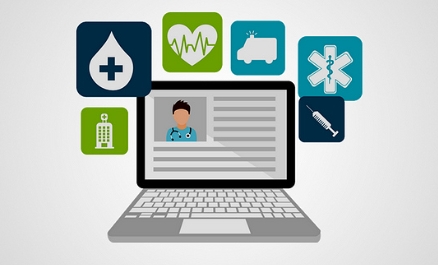Breaking Boundaries: How Electronic Health Information Exchange is Revolutionizing Healthcare
In the past, healthcare providers relied on paper records and fax machines to exchange important patient information. This was not only time-consuming but also prone to errors. However, with the advent of electronic health information exchange, a new era of healthcare has dawned.
Efficiency and Accuracy
Electronic health information exchange allows healthcare providers to securely share patient information in real-time. This means that doctors can access a patient’s medical history, test results, and treatment plans instantly, leading to more efficient and accurate care.
Improved Coordination of Care
With electronic health information exchange, different healthcare providers involved in a patient’s care can easily communicate with one another. This ensures that everyone is on the same page and working towards the same goal, leading to better coordination of care and improved outcomes for patients.
Enhanced Patient Safety
By having access to a patient’s complete medical history at their fingertips, healthcare providers can make more informed decisions about their care. This can help avoid medication errors, redundant tests, and unnecessary procedures, ultimately improving patient safety.
Cost Savings
Electronic health information exchange can also lead to cost savings for both patients and healthcare providers. By eliminating the need for duplicate tests and reducing administrative tasks, healthcare costs can be lowered, benefiting everyone involved.
Challenges and Opportunities
While electronic health information exchange offers numerous benefits, there are also challenges to overcome. These include concerns about data security, interoperability issues, and the need for standardized protocols. However, as technology continues to advance, there are also numerous opportunities for innovation and improvement in healthcare delivery.
In conclusion, electronic health information exchange is revolutionizing healthcare by breaking boundaries and transforming the way patient information is shared and used. By embracing this technology, healthcare providers can improve efficiency, coordination of care, patient safety, and ultimately, the overall healthcare experience for everyone involved.

